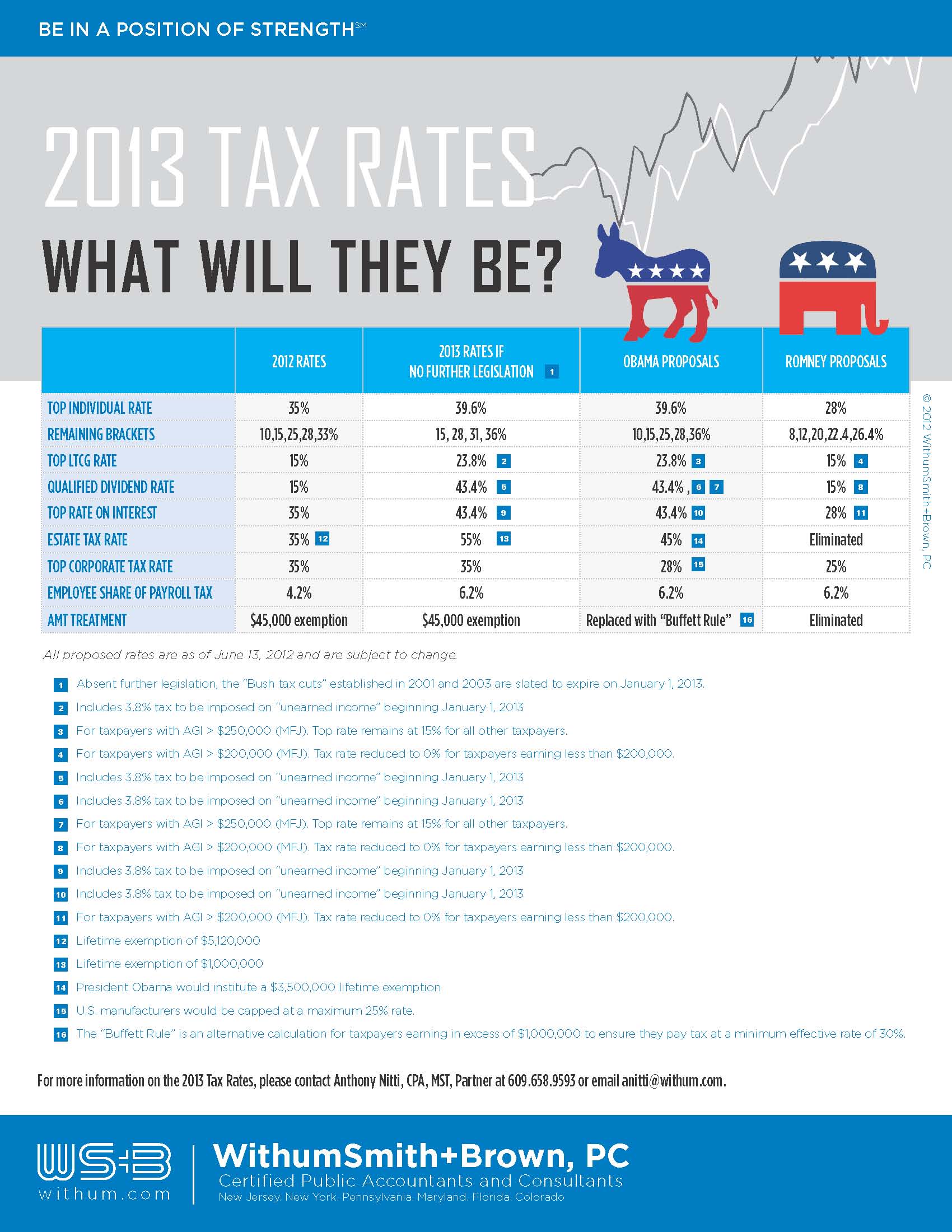Can An S Corporation Make Disproportionate Distributions?
Variations of the following question commonly make their way into Double Taxation HQ, by which I mean my email:
My client is an S corporation owned equally by A and B. If the S corporation makes a $100 distribution toA but only a $75 distribution toB, does that terminate my S election?
Answer: This is a commonly misunderstood area of tax law. In short, S corporations have more flexibility than you realize to make distributions that are not perfectly pro-rata to its shareholders. That being said, I wouldn’t tempt fate.
Relevant Law:The genesis of the confusion is found in Section 1361(b)(1)(D), which provides that in order for a corporation to be eligible to make an S election, the corporation can only have one class of stock outstanding. Similarly, the regulations at Treas. Reg. Section 1.1361-1(l)(1) provide, in part, that “a corporation that has more than one class of stock does not qualify as a small business corporation.”
The regulations go on to provide that a corporation is treated as having only one class of stock if all outstanding shares of stock of the corporation confer identical rights to distribution and liquidation proceeds. As you can see, there is no prohibition on an S corporation having voting and nonvoting stock; rather, it simply can’t have shares of stock that offer the holders different rights to distribution or liquidation proceeds.
Practitioners often construe this requirement to be more restrictive than it really is, believing that a single disproportionate distribution will be an indication that you have more than one class of stock, and — Voila! [i] — you’ve terminated your S election.
Fortunately, that’s not the case. Here’s the thing; there’s nothing in the statute or regulations that says you can’t make a disproportionate distribution; it simply says that the underlying stock can’t confer upon the shareholders different rights to distributions.
Applying these concepts to our fact pattern above, if the S corporation makes a disproportionate distribution to A and B, the IRS would look to Treas. Reg. Section 1.1361-1(l)(2)(i) for guidance on whether the disproportionate distribution is indicative of multiple classes of stock.
Those regulations provide that the determination of whether all outstanding shares of stock confer identical rights to distribution and liquidation proceeds is made based on the corporate charter, articles of incorporation, bylaws, applicable state law, and binding agreements relating to distribution and liquidation proceeds (collectively, the governing provisions). Stated in a more simple manner, a disproportionate distribution will not be treated as creating a second class of stock, provided the underlying stock provides both A and B with identical rights to the distribution, despite the fact that a distribution happened to be made disproportionately. That being said, in order to avoid jeopardizing its S election, the corporation would be well advised to make a corrective distribution (even though that distribution will also be disproportionate) as soon as possible.
So how tolerant is Congress and the IRS when a disproportionate distribution is made but the underlying stock confers identical rights upon the shareholders? The language of the regulations provides little comfort, stating merely, “Although a corporation is not treated as having more than one class of stock so long as the governing provisions provide for identical distribution and liquidation rights, any distributions (including actual, constructive, or deemed distributions) that differ in timing or amount are to be given appropriate tax effect in accordance with the facts and circumstances.”
The regs do include a helpful example, however:
S, a corporation, has two equal shareholders, A and B. Under S’s bylaws. A and B are entitled to equal distributions. S distributes $50,000 to A in the current year, but does not distribute $50,000 to B until one year later. The circumstances indicate that the difference in timing did not occur by reason of a binding agreement relating to distribution or liquidation proceeds.Under paragraph (l)(2)(i) of this section, the difference in timing of the distributions to A and B does not cause S to be treated as having more than one class of stock.
PLR 201236003
Over the years, the IRS has interpretedthe disproportionate distribution rules fairly liberally. Last Friday, in PLR 201236003, an S corporation had made disproportionate distributions for what appears to have been several years. The corporation caught its own mistake, and asked the IRS to rule on whether it would be permitted to make corrective distributions — which would also be disproportionate — to true up its shareholders and get everyone back on an even playing field.
The IRS looked to the underlying stock agreements, and finding that they conferred on all the shareholders equal rights to distributions and liquidation proceeds, held that despite having made several disproportionate distributions, the S corporation did not have a second class of stock, and thus did not terminate its S election, provided it make the necessary corrective distributions.
So in summary, a single distribution that is not made in accordance with shareholders’ ownership interests is not a cataclysmic event. However, the distributions should be corrected as soon as possible, and I would caution you to not make a habit of making disproportionate distributions, or you may well run afoul of Section 1361.
[i] Paying homage to the Hardy Boys

